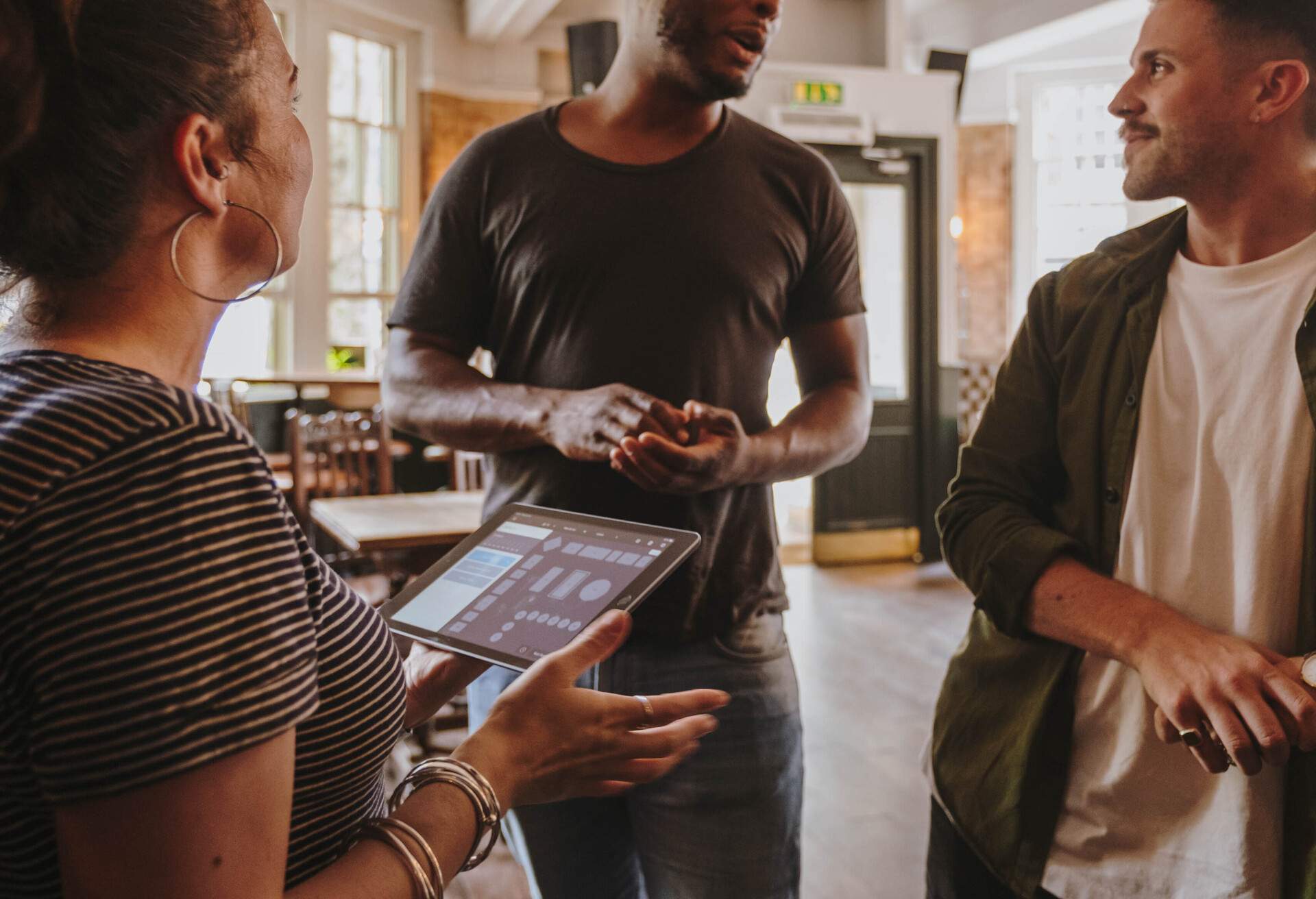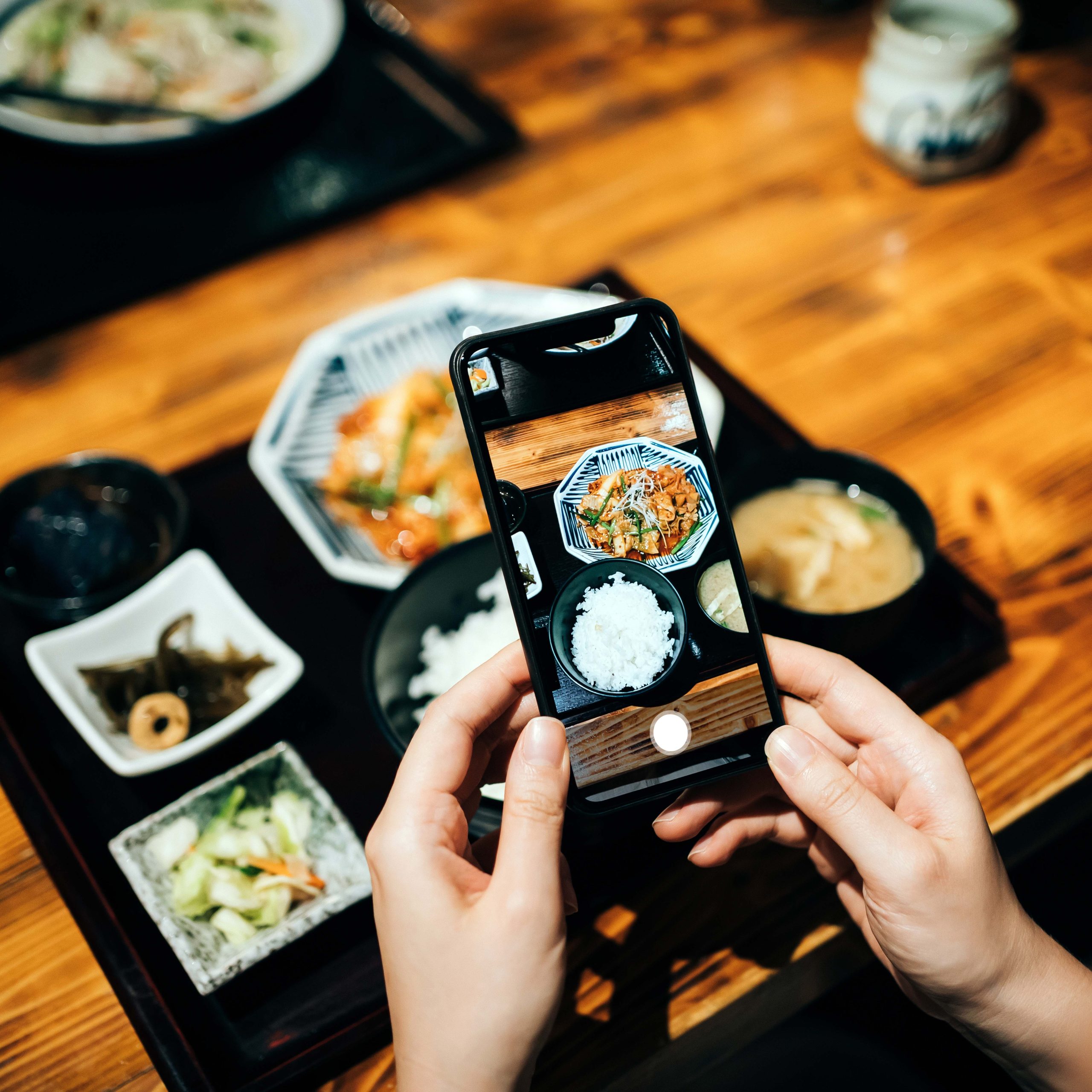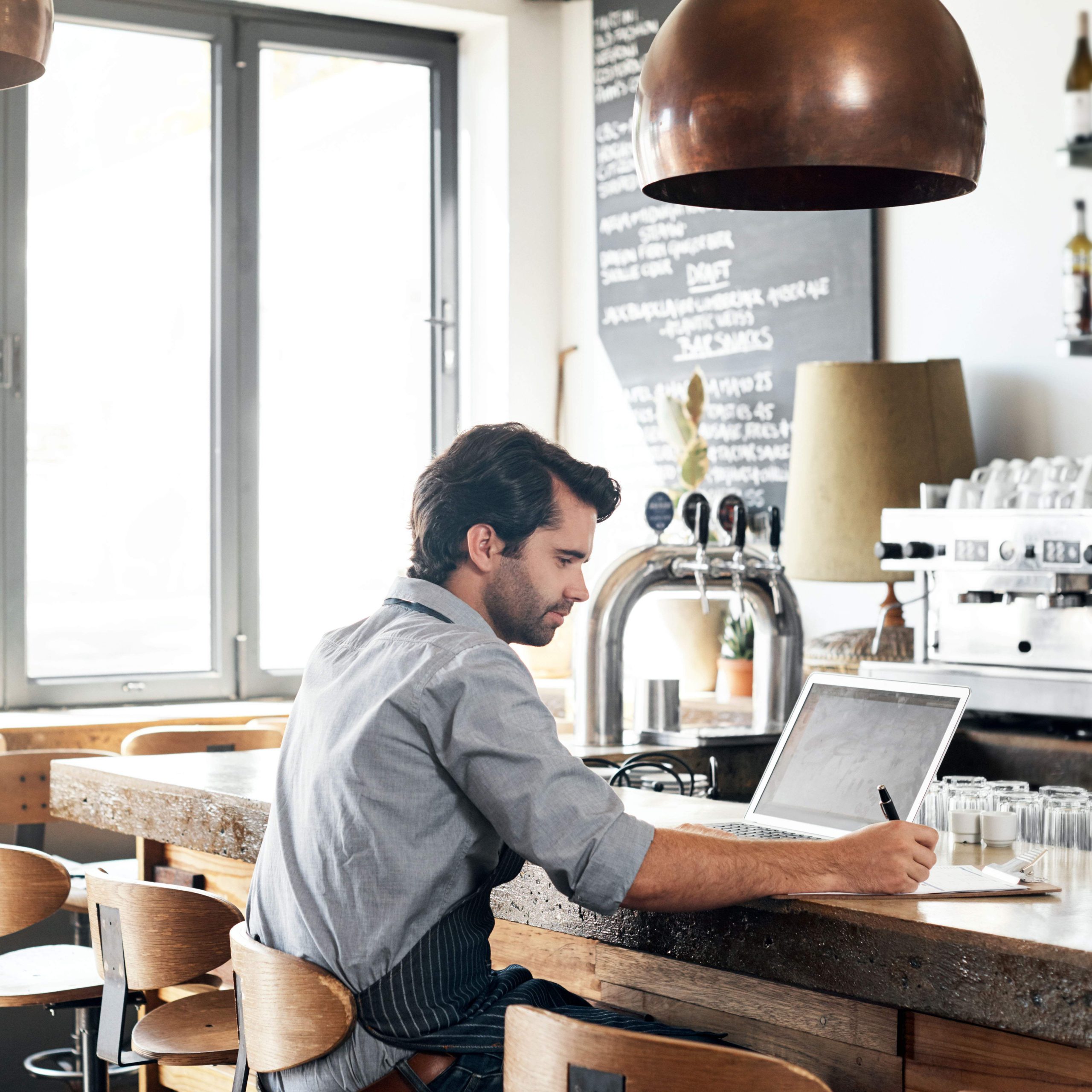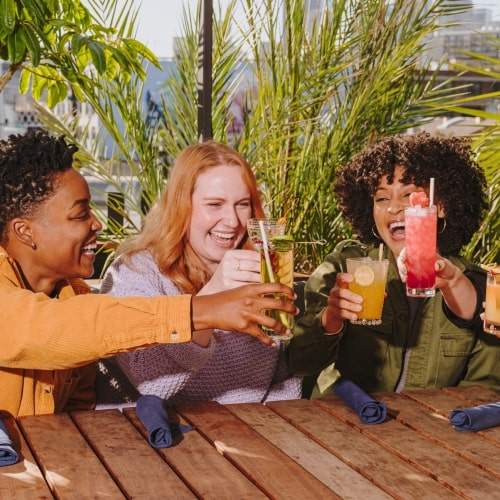If you’ve ever wondered what the term ‘restaurant cover’ means, you’re not alone. It’s a phrase bandied about a fair bit in the restaurant industry, yet it’s also one of the most searched terms on Google in regard to hospitality. There are clearly a few people wondering what it means, from aspiring restaurateurs to those starting new jobs in the industry. With that in mind, we’ve got the lowdown on what a restaurant cover means and why it’s such an important term.
What does cover mean in a restaurant?
A cover refers to a single serving for one guest at your restaurant. In the context of restaurant management, the term “cover” is also used to describe the number of guests served or expected to be served. For instance, a restaurant with 100 covers in a night has served 100 guests. Tracking covers is a common way for restaurants to measure business volume and plan for staffing, food preparation and other operational needs.
Why are covers so important?
When you keep a close eye on your covers, you’re not just counting meals served or customers catered to – you’re gathering valuable data that can provide insights into everything from customer behaviour to dining patterns and when peak service times occur. Having this information to hand is important for assessing how your restaurant performs. It can help identify areas of strength or highlight opportunities for improvement. Essentially, keeping track of covers helps drive your business strategy.
What are the key metrics related to restaurant covers?
When it comes to understanding the performance of your restaurant, there are several key metrics regarding covers that can offer valuable insights. These metrics help you gauge the health of your business and guide the overall decision-making process. Let’s take a look at some key metrics to keep an eye on.
Revenue per cover
Perhaps the most important metric, average revenue per cover tells you how much revenue you generate from each diner. Tracking this over time means you can identify trends, like the increase in revenue at specific times. You can also compare pricing if it’s recently changed by looking at the revenue per customer before and after the menu change. Similarly, you can compare revenue when you run a campaign, examining the before and after effects.
Costs per server
Covers per server help you evaluate the efficiency of your staff. Are some servers handling more covers than others? If so, why? It could be due to better performance but may also be related to the type of guest one team member serves compared to another. Knowing the costs per server can help identify potential training opportunities and inform staffing decisions during peak times.
Seat occupancy rate
Your seat occupancy rate is the percentage of the restaurant’s seats filled at any given time. This can be particularly useful for managing reservations and planning busy periods to help guarantee a consistent flow in your restaurant.
Tracking covers
Additionally, tracking covers will help you calculate turnover for tables, which is the number of times a table is occupied during service periods. Higher turnover rates typically mean more revenue, although it’s a delicate balance to maintain without compromising the dining experience. The last thing you want is to make people feel rushed, and like they need to leave.
How can restaurant cover metrics improve decision-making?
Having available restaurant cover metrics is one thing, but how can you use those insights to improve restaurant performance? Let’s take a look at how restaurant cover metrics improve decision-making.
Sales projections
Keeping track of covers plays an instrumental role in spotting sales patterns. Recording the data lets you observe daily trends in both sales and inventory. Pairing the average cover with the average customer count, for example, can help forecast sales for a specific time frame. Let’s say every Saturday evening sees a consistent demand for ‘50 burger and chips’ orders. In this scenario, you can reasonably predict that this pattern will persist, which allows you to prepare and stock the necessary ingredients in advance. Moreover, if the average cover is £15, you can also estimate the expected sales for every Saturday evening. This type of data-driven approach provides more transparency and can enhance your restaurant’s efficiency and profitability.
Staffing
Align your staffing levels to the anticipated demand at any given time using the labour cost per cover calculation. Monitoring the flow of customers throughout the day means you can adjust staff numbers accordingly. Taking this approach gives you a balance, guaranteeing you have enough staff to provide excellent service without overstaffing, which could lead to unnecessary labour costs.
Server effectiveness
Calculating the average cover per server offers insight into which team members increase business with upselling and suggestive selling. By contrast, it can also highlight those who might benefit from additional training.
How does technology help track covers?
Technology has made tracking covers even easier. Using a restaurant booking system like OpenTable gives you the ability to manage covers, and you can effortlessly monitor covers and delve into need-to-know metrics that drive the decision-making process. Using Reporting and Insights empowers more data-driven decisions regarding covers, increasing profits and delivering five-star hospitality in the process. Review past, present and expected performance to accommodate more diners and keep a busy flow in your restaurant.
Understanding restaurant covers
Understanding and tracking your restaurant covers plays a fundamental role in running a successful setup. And with the right technology in place, managing and improving your restaurant covers becomes a fluid process that can take your restaurant to the next level.




